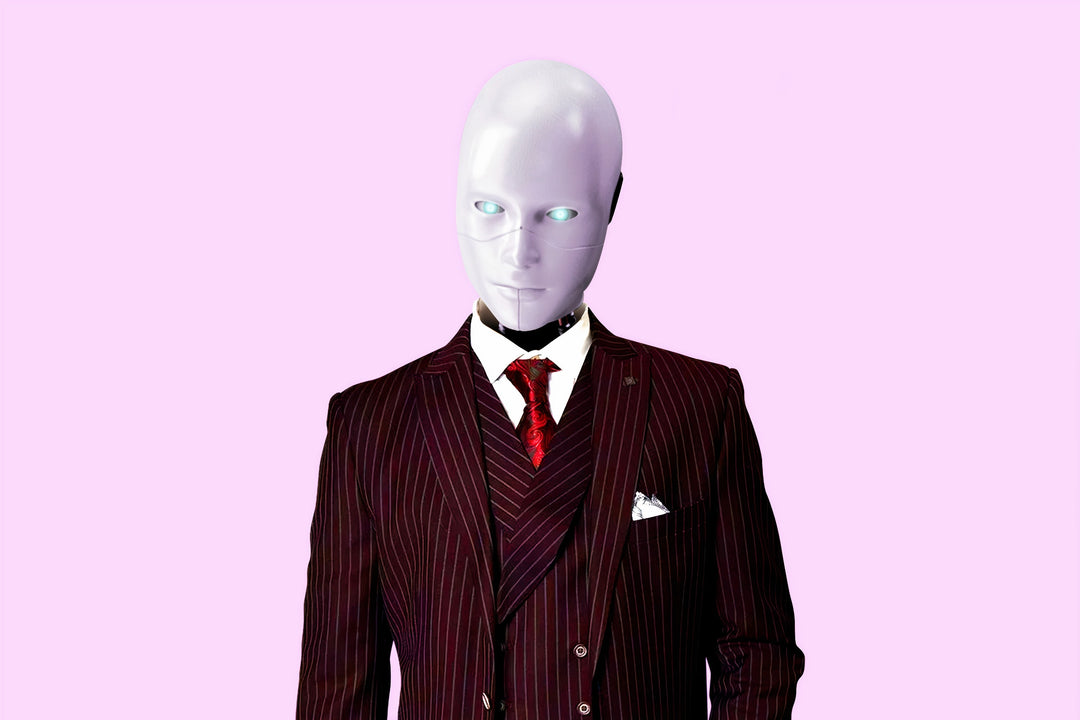 Image by Morning Brew
Image by Morning Brew
The current state of our technology lets us create wonderful things. Our innovations have certainly travelled very far and what was considered to be impossible hundreds of years ago is now done on a daily basis, but that’s not even the height of our technological achievements.
Nowadays, we are capable of creating what is called an AI, or Artificial Intelligence, responsible for making robots function and for Tesla cars to drive on their own. But what exactly is AI and can we make it work in a way that will not endanger us?
What is Artificial Intelligence or AI?
Contrary to natural intelligence, which humans and animals have, artificial intelligence is present in machines. It can be a term describing machines that copy the “cognitive” functions of a human being—including “problem solving” and “learning”—or it can be any device that observes its environment first, then takes actions that boosts its chances of maneuvering through the environment and successfully accomplishing its goals.
It’s used in a lot of fields now like business, medicine, food manufacturing, and more. One would often see examples of AIs on automated machines and systems. AI sounds pretty amazing, for sure, but what are the possible repercussions that we could face if we develop AI?
The Risks that Come with Artificial Intelligence or AI
Elon Musk, CEO of Tesla and SpaceX, once said that “If you’re not concerned about AI safety, you should be,” in a serious manner. The biggest risk that comes with AI is if a sci-fi kind of event happens and these artificial minds become rogue. Why is that dangerous? Well for one, we’ve already turned some of them into autonomous weapons.
Autonomous weapons, unlike humans, are much harder to disable during a combat due to their durability and armaments. If a cruel or heartless individual decided to deploy one in a populated area, hundreds of lives will surely be lost before the AI gets stopped.
Social manipulation is also a threat. Intrinsically, AIs run like programs, which means it has a goal to achieve. Social media is run by lots of autonomous-powered algorithms, which are very efficient at hitting their targeted market. If an AI’s goal is to spread propaganda, for example, then it would have no moral issue (and no problem with disseminating that kind of information rapidly) in doing just that, as shown by accusations on Cambridge Analytics claiming that they used data from 50 million Facebook accounts to try and change the tides during the 2016 U.S. Presidential election.
How can We Make Artificial Intelligence or AI Safe?
Making AI safe for everyone is challenging, but it’s not impossible. The best way to ensure that AIs would be kept in check is by having social scientists that’ll ensure that the AI’s algorithms and systems are aligned with human values. We can achieve such a thing by consciously optimizing AI systems, gather information about what people want, and train ML (Machine Learning) models based on the gathered data. It’ll take a lot of work, resolving biases, and collaboration, but it’s all definitely worth it.
At the end of the day, an AI is simply an artificial mind created by humans to help us with our tasks. They should be treated with respect and when programming them, human values should be instilled in everything that they do. By doing that, we can eventually be sure that AI safety is not only possible, but that it’s integrated in every single artificial mind.
